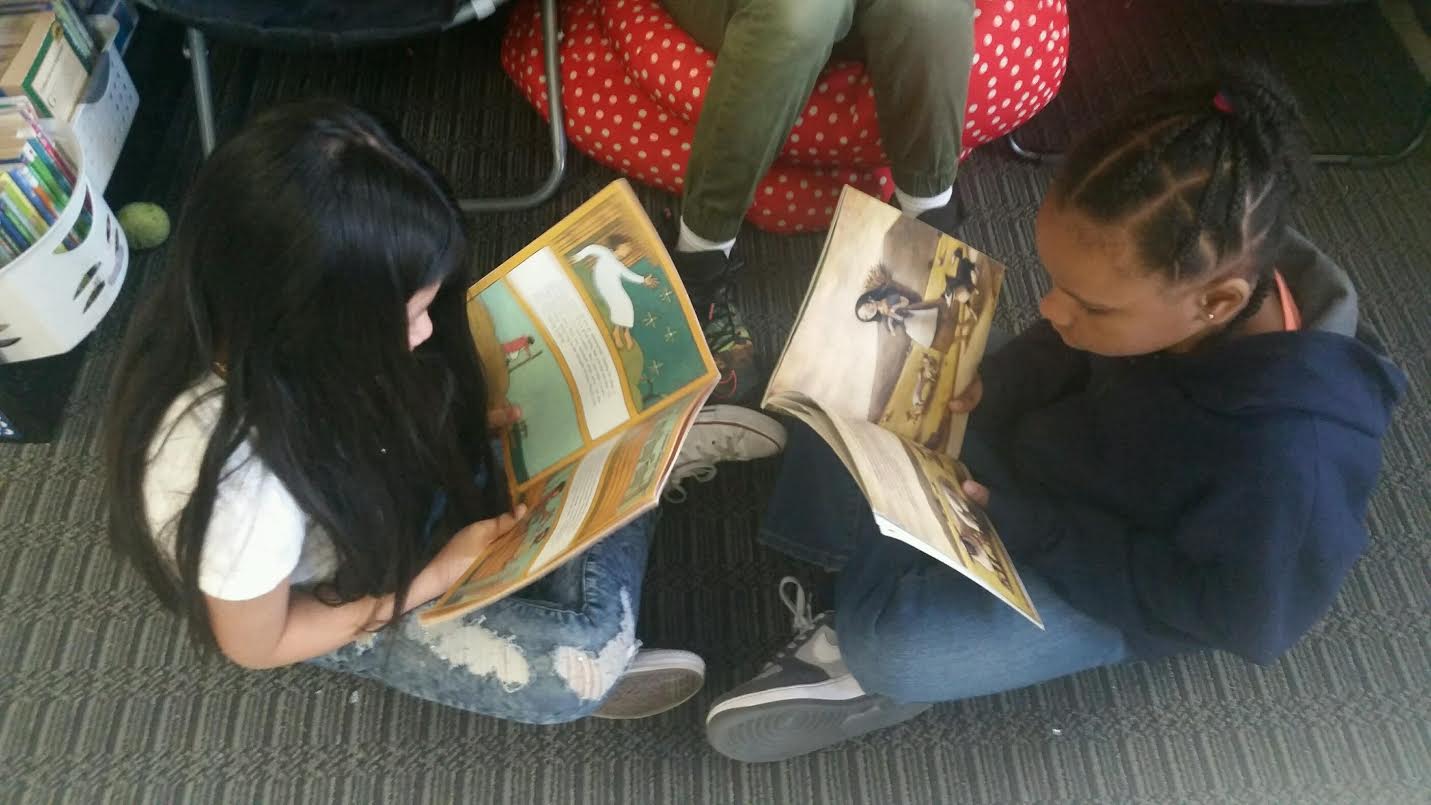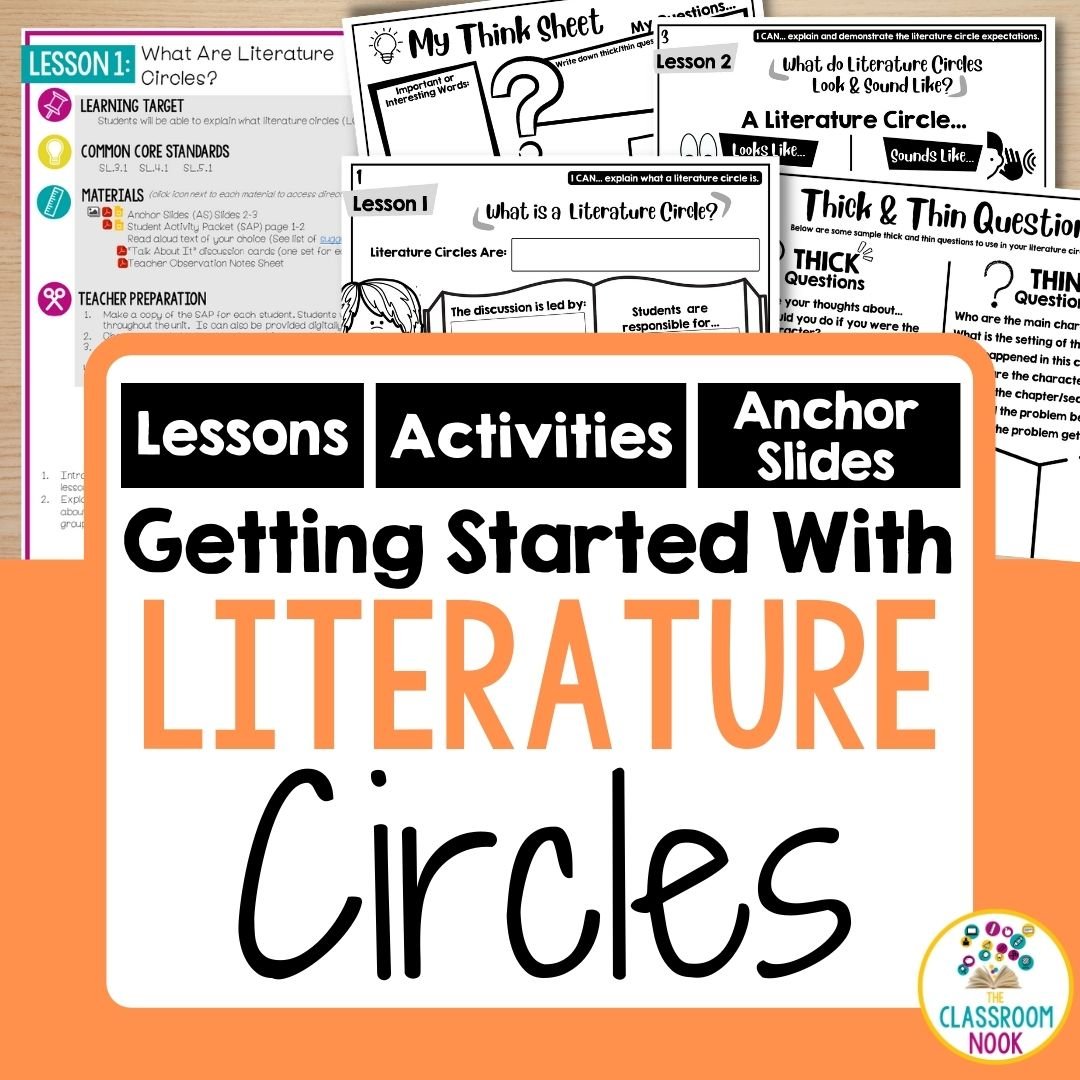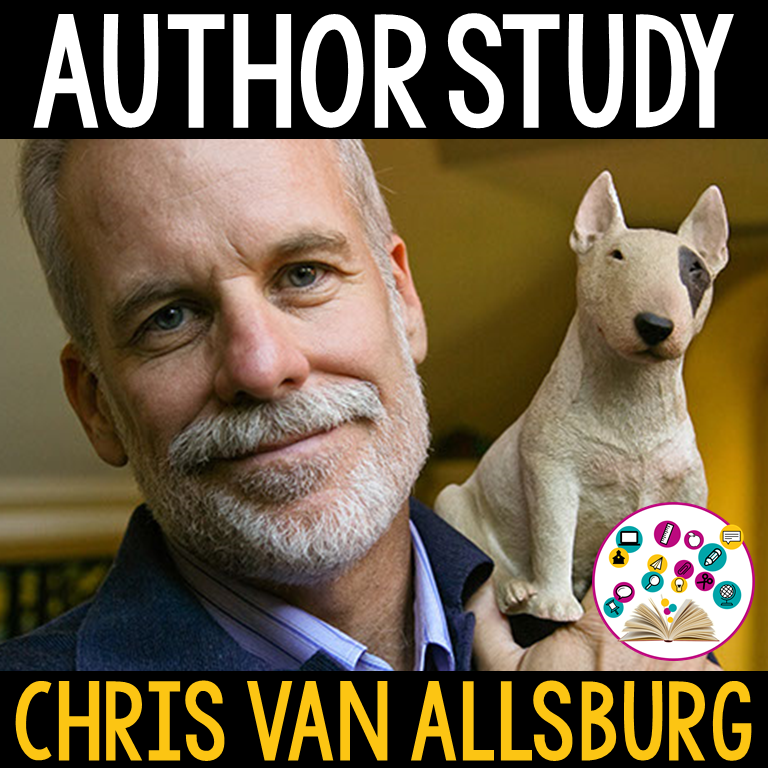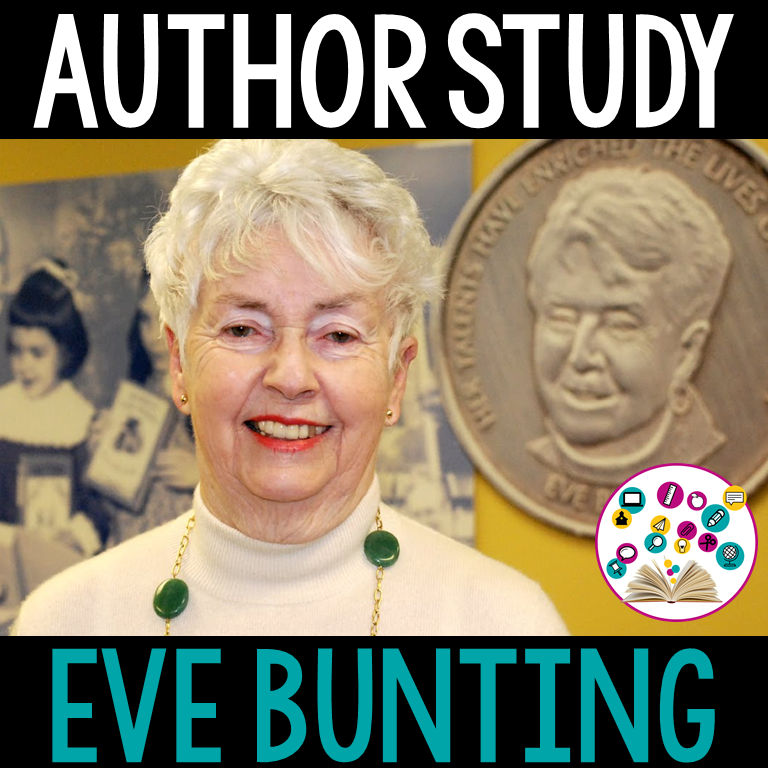Creating a Community of Readers // PART 2: Turn Up the Heat!
Love podcasts? Check out this post in the form of a podcast episode on The Classroom Commute Podcast:
Before you check out this post, make sure you read last week's post on Creating a Community of Readers // Part 1: Start Simple.
In that post, I featured 3 very simple ways that you can create a strong community of readers without even breaking a sweat!
--------
Shall we continue our conversation on creating a community of readers? Today we're gonna roll up our sleeves a bit and turn up the heat on creating a community of readers. Don't worry, you've got this.
Partner Readership
Ever read a book at the same time as your best friend? You talk about it, give your opinions, and argue about how it should have ended. Right? Give your students the same opportunity with a partner readership.
Here's how they work:
Partner up students with similar reading abilities and interests. This is key. Putting two students together that don't read at generally the same level and have opposite interests will not be successful.
Allow the partners to choose a book that they would like to read together. If this is your first time doing this type of activity, you may want to guide them with a few choices to help them be successful. Once they've chosen a book, help partner groups come up with a weekly reading schedule. (ex. During week 1, students will read up to chapter 3)
Assign a day or two (or three!) during the week for students to read their partner book independently. You may work it in to your schedule to have students read their partner book each morning when they arrive for 20 minutes. Or maybe it works out better to have them read it MWF during your reading block. Find time that works for your schedule.
Schedule in time for the partners to meet on a regular basis to talk about their book. Again - maybe your schedule allows 15 minutes on a Friday at the end of the day for partners to get together and talk about their book. When first developing your community of readers, you may find your readers need a little guidance with the discussion. Provide them with discussion prompts to help them get started. Once students really begin to learn the art of discussion through repeated experiences like this, the discussion will take off on its own.
Optional: Have students complete an engaging activity in response to their book. Decide on several activities for your students to complete and them to choose an activity to work on together.
You May Also Like to Read:
USING READING PARTNERSHIPS IN YOUR CLASSROOM (PART 1: GETTING STARTED)
USING READING PARTNERSHIPS IN YOUR CLASSROOM (PART 2: STRATEGIES FOR GOING DEEPER)
Literature Circles
Literature circles are one of the most traditional ways that teachers have encouraged a strong reading community. Literature circles work best when the school year is well underway and you have a good understanding of all your reader's abilities. Both picture books and chapter books work for this learning format, so literature circles can work for varying reading levels.
Here's how it works:
Group students into book groups. Choose a book for each group to read in their literature circle.
Students read an assigned amount of the text on their own. You may have students complete a specific activity sheet in preparation for their group meeting. Traditionally students are assigned a specific reading role (word collector, questioner, summarizer, illustrator, connector), however, you can choose what works best for your students.
Students meet regularly in their groups to share their thoughts about their assigned reading. During their meeting, students can report back about their reading role, or share information that they recorded about their reading. Students talk about the characters, the plot, their opinions, and other things related to their reading.
Option: Students complete a culminating activity in response to their reading.
Totally new to literature circles? I've got you covered. Check out my "Getting Started with Literature Circles" unit. I walk you through from start to finish on how to set up and conduct literature circles in your classroom.
You May Also Like to Read: USING LITERATURE CIRCLES IN THE UPPER ELEMENTARY CLASSROOM
Author Studies
I love author studies. I didn't realize how much I loved certain authors until I tried author studies in my own classroom. If you're looking for a sure-fire way to hook your readers to a specific author or genre, then you've gotta give author studies a try.
Here's how it works:
Choose an author that you know will connect with your readers. This author could be a picture book author or a chapter book author, depending on the age of your learners. I love picture book authors like Chris Van Allsburg, Patricia Polacco, and Eve Bunting, because even though they write picture books, the themes in their books were still appropriate for my 4th graders.
Choose several books by that author to read aloud to your students, or have them read in groups. Use these books to teach the skills and strategies that your reading curriculum requires.
Have students complete an array of activities in response to each books. These activities can include character development maps, sequencing activities, small group discussion...etc.)
You May Also Like To Read:
AUTHOR STUDY SERIES: CHOOSING AN AUTHOR
AUTHOR STUDY SERIES: BOOK SELECTION
AUTHOR STUDY SERIES: DIFFERENTIATING & FORMATTING YOUR AUTHOR STUDY
If you're looking for something ready to go, you can check out my author studies that are ready to go! Click on any picture below for more details:
There you have it, 3 more ways, although slightly more involved, to create a community of readers in your classroom.
Don’t forget to check out THESE 3 ways as well to help establish a strong community of readers!






